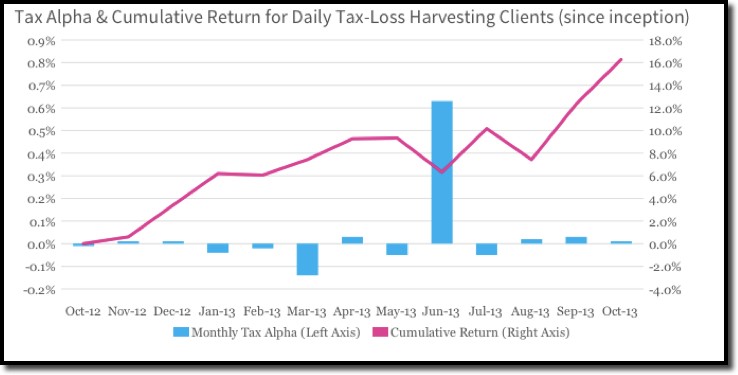Time for TaxLoss Harvesting US News
Post on: 16 Март, 2015 No Comment

Putting your losses to use
Adam Bold
You always want, and expect, your investments to go up in value. But sometimes, they just don’t.
When that happens, there’s at least one way a market downturn can be turned into a positive. Ever heard of tax-loss harvesting? Many people haven’t, but it can be an effective tool in helping you reduce your tax hit from Uncle Sam.
Here’s how tax-loss harvesting works: When you sell mutual fund shares from a taxable account for less than you paid, you create a capital loss for tax purposes. It can be used in two ways: offsetting capital gains and reducing taxable income. Under current tax law, if your loss is more than your gain, it can reduce earned income by up to $3,000 per year ($1,500 for anyone who’s married and filing separately).
Say, for example, you’ve locked in a $5,000 capital gain in one investment and have a $5,000 capital loss in another. The loss fully offsets the gain, effectively nullifying the tax you would owe on the gain. Long-term losses are first used to offset long-term gains and then short-term gains; short-term losses are used to offset short-term gains, then can be used against long-term gains.
Now let’s look at what you can do if your capital loss is $9,000. The first option—offsetting capital gains—is unaffected. But now you’re left with $4,000 in net capital losses. You would use it to reduce taxable income up to the IRS limit of $3,000 in the current year. The remaining $1,000 capital loss is carried forward to the following year, and the process would be the same. In this example, if you’re in the 25 percent federal tax bracket, your current year reduction of taxable income produces $750 in tax savings.
Sometimes locking in a capital loss means you’re selling a good fund that has simply gone down with the rest of the market. Maybe you’re thinking you’ll sell the fund one day and buy it back the next. IRS rules don’t allow that. In fact, to use the capital loss, you’re not allowed to reinvest in the same fund within 30 calendar days after selling it. And you must have owned the investment for at least 30 days before selling it. Otherwise, IRS wash sale rules kick in, and the capital loss you’re trying to capture would be disallowed.
If you want invest in a similar type of fund, that’s allowed as long as it’s not substantially identical to the one you sold. Sometimes things can get a little tricky, so before attempting to utilize tax-loss harvesting, I encourage you to talk with a tax professional.
You may associate tax-loss harvesting with the end of the year as you start thinking about your 2011 tax return. That’s fine, but it’s a good idea to check several times during the year, especially in a year like this when the markets have been so volatile. It’s possible tax-loss harvesting opportunities will arise early in the year, only to disappear before year-end.
While tax-loss harvesting won’t restore actual investing losses, it can put money in your pocket through lower tax bills. And your new investments can leave you well-positioned to take advantage of the market’s next run-up.
Adam Bold is the founder of The Mutual Fund Store. which provides fee-only investment advice with locations coast to coast. He’s also host of The Mutual Fund Show. a call-in radio program broadcast across the country. Bold is author of the book The Bold Truth about Investing (April 2009). Bold is Chief Investment Officer of The Mutual Fund Research Center, an SEC-registered investment adviser, which provides mutual fund and asset allocation recommendations, and research to stores in The Mutual Fund Store system.














